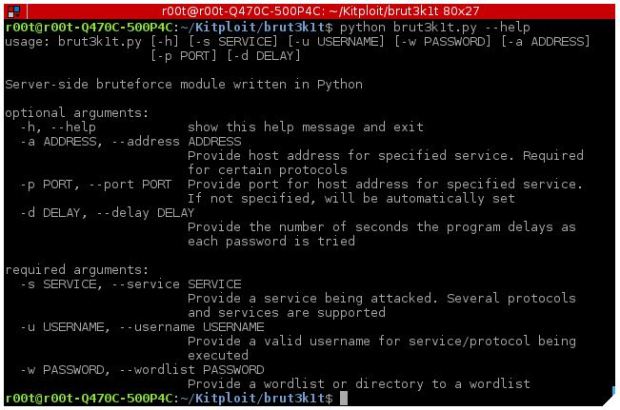Google, Microsoft, Yahoo and Comcast are expected to adopt the standard Mail services and implement the SMTP Strict Transport Security following by Gmail users soon.
Elie Bursztein, the head of Google’s anti-abuse research team, said at RSA Conference that SMTP STS will be a major impediment to man-in-the-middle attacks that rely on rogue certificates that are likely forged, stolen or otherwise untrusted.
All the webmail sevice providers bringing a measure of security similar to certificate pinning to the webmail services.
According to the Draft of which was submitted to the IETF in March 2016.
Bursztein’s declaration came during a discussion which he represented how diverse dangers to corporate and individual Gmail records, for example, spam, phishing, malware, pantomime and capture assaults change by industry and geology.
Bursztein’s said “Every minute, we have to stop more than 10 million attacks with 99.9 percent precision. The way we are doing this is reacting quickly to emerging threats.”
The mechanism described is in draft separated into four logical components:
- Policy semantics: whether senders can expect a server for the recipient domain tosupport TLS encryption and how to validate the TLS certificate presented
- Policy authentication: how to determine the authenticity of published policy delivered via DNS
- Failure report format: a mechanism for informing recipient domains about aggregate failure statistics
- Failure handling: what sending MTAs should do in the case of policy failures
Related Technologies of DANE Record designed to upgrade opportunistic encryption into required encryption.DANE requires DNSSEC [RFC4033] for the secure deliver of policies; the mechanism described here presents a variant for systems not yet supporting DNSSEC, and specifies a method for reporting TLS negotiation failures.
According to the (IETF) The primary difference between the mechanism described here and DANE is that DANE requires the use of DNSSEC to authenticate DANE TLSA records, whereas SMTP STS relies on the certificate authority (CA) system and a trust-on-first-use (TOFU) approach to avoid interception.
Burszstein said that , a decision to add visual cues to users that certain Gmail messages may be untrusted helped spike adoption of encryption. One such measure was a UI change to display a broken lock in the inbox indicating that the email about to be sent is being sent in the clear.
Also Read :










